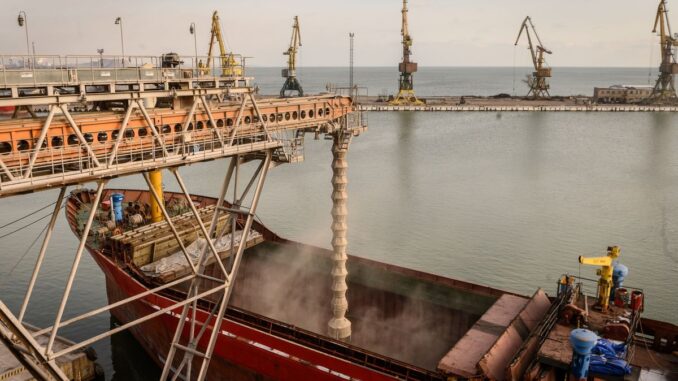
Asia may end the year 2022 with a sharp drop in crude inflows from Africa as relatively higher freight rates, a wider Brent-Dubai spread and increased competition from European refiners looking for alternatives to Russian supplies created hurdles, a trend that is unlikely to change anytime soon, analysts told S&P Global Commodity Insights.
In addition, the plentiful availability of Russian crude at discounted prices — shunned by many western countries — prompted refiners in leading consumers in Asia, such as India and China, to snap up as many cargoes as possible, displacing multiple grades of African crudes.
“The widening Brent-Dubai spread, and high freight rates have dampened the attractiveness of Asia’s import of African crudes to the region,” said Lim Jit Yang, advisor for Asia-Pacific oil markets at S&P Global.
“In addition, there is increased competition from European refiners as they cut back on Russian crudes for alternative crudes including African grades, which will likely continue as the EU’s sanctions come into force by early December,” he added.
Flows to China, India fall
With plentiful options to buy at attractive prices, China, Asia’s biggest oil consumer, aggressively picked up cargoes from diversified suppliers to take advantage of the widespread price volatility.
Its crude imports from Africa fell by a sharp 22.6% year on year to 1.06 million b/d in the January-September period, data from China’s General Administration of Customs showed. As a result, the region’s market share fell to 10.7% in the nine-month period, from 13.2% a year earlier.
The country’s independent refineries were the main contributors towards the reduction in African volumes as they turned to more attractively priced crudes from not only Russia, but also cargoes from Iran and Venezuela, sources said.
S&P Global data showed that the sector’s crude imports from Angola dropped 59.4%, or 160,000 b/d, year on year to 109,000 b/d in the first nine months of this year.
In comparison, China’s total crude imports from the same African supplier fell 155,000 b/d on the year to 630,000 b/d in the same nine-month period, the GAC data showed.
“State-owned refiners will, however, keep their crude resources diversified and maintain inflows from Africa. But the volume will depend on costs,” a crude trader with a leading state-run firm said.
A company executive at China’s top refiner Sinopec said the company would aim to optimize crude procurement costs by carefully picking grades and timing imports for the rest of Q4 and 2023 in an effort to boost refining margins.
The trend in India highlighted a similar story.
Shreyans Baid, senior oil analyst for South Asia at S&P Global, said the growing share of Russian crudes in India’s import basket, a tighter market structure, as well as increased volatility in freight markets pulled down the share of West African crudes over January-September 2021 from 12.5% to 8.4% in the same 2022 period.
“The future trend will depend on various factors including how the EU sanctions play out,” Baid added.
South Korea, Japan slow buying
South Korea’s light sweet crude imports from Algeria in the first nine months fell 8% year on year to 5.87 million barrels, latest data from state-run Korea National Oil Corp showed. Asia’s third biggest crude importer also saw condensate shipments from Equatorial Guinea drop 37% year on year to 2.17 million barrels.
Meanwhile, Japan failed to purchase any Saharan Blend crude from Algeria in the third quarter, compared with around 1.2 million barrels of the light sweet crude imported in the same period a year earlier, data from the Ministry of Economy, Trade and Industry showed.
As European refiners absorbed more US, North Sea and West African crudes to replace Russian Urals, South Korean and Japanese refiners are expected to depend more heavily on Middle Eastern supplies.
“Crude import diversification used to be the industry-wide focus but things have changed quite drastically over the past year or so,” a feedstock manager at a major South Korean refiner said. “Securing a steady stream of supplies from top Middle Eastern producers like Saudi Arabia is the key theme in times of global supply and geopolitical uncertainties.”
The EU ban on Russian seaborne crude oil comes into effect on Dec. 5, 2022, followed by the ban on Russian refined products on Feb. 5, 2023.
“Up to now, Russian supply has held up well thanks largely to India, China and a handful of small buyers increasing their share of Russian oil purchases, but it is difficult to see them having room to increase these purchases significantly,” ING Economics said in a research note.
“Therefore, when these bans come into force, we would expect to see more significant declines in Russian supply. For now, we are assuming Russian supply to fall by a little more than two million b/d in the first quarter of next year,” it added.
